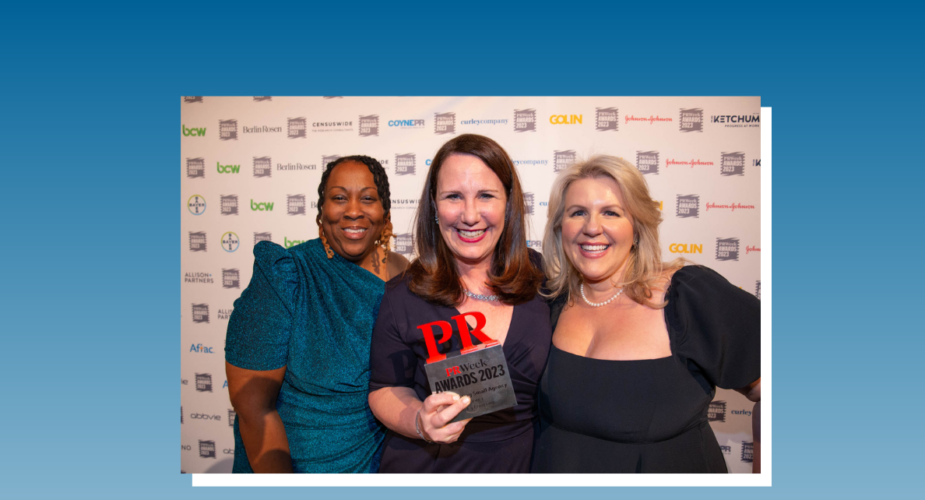Pivoting Your Idea Factory for Speed
Pre-COVID organizations could come up with an idea on a Monday, build and brainstorm upon it throughout the week, sleep on it over the weekend and put it into motion the following Monday. And you could be proud of your team for accomplishing something creative and executable in just one week! This could be anything from a media tour to a social media campaign or to a CEO video. Enter COVID-19, the accelerant.
Like the news cycle, the idea cycle is spinning at a break-neck pace. Seven days might as well be seven years. As with everything else, organizations need to pivot away from the old way of executing ideas: ideate, marinate, execute. It’s time to embrace the new velocity of the “Idea Factory,” and to shorten the idea cycle.
If your organization has a good pitch idea on Monday, then it needs to be pitched on Monday. Tuesday should then be the focus of the next great idea. Rinse and repeat. The idea cycle is moving as fast as the media cycle and companies need to adjust to this in a quick and nimble way. The adjustment can be as simple as shortening your media pitches to 1-2 sentences so they can be out the door the same day. Get to the point. Succinctly demonstrate your offer and why it fits their audience. What’s new. What’s different. Pitch. Move on.
For non-pitch ideas, quick activation can become more complicated but very possible. For social media or videos – make sure your creative team has what it needs to pull together a quick graphic or edit a video that is shot at home. Quickly. Get prepared, now. Make sure your social media channels are active and approved to run issue ads. Focus on messaging that resonates that day. Use digital to get your ideas out quickly to your key audience.
Is this idea cycle sustainable for years to come? Probably not in the long term. However, as we all adjust to our new normal and keep pivoting as the news changes, organizations need to be ready to turn their “Idea Factory” on for at least the near future to keep our audiences engaged during the COVID information glut, shortened attention span and the 90-minute news cycle.









